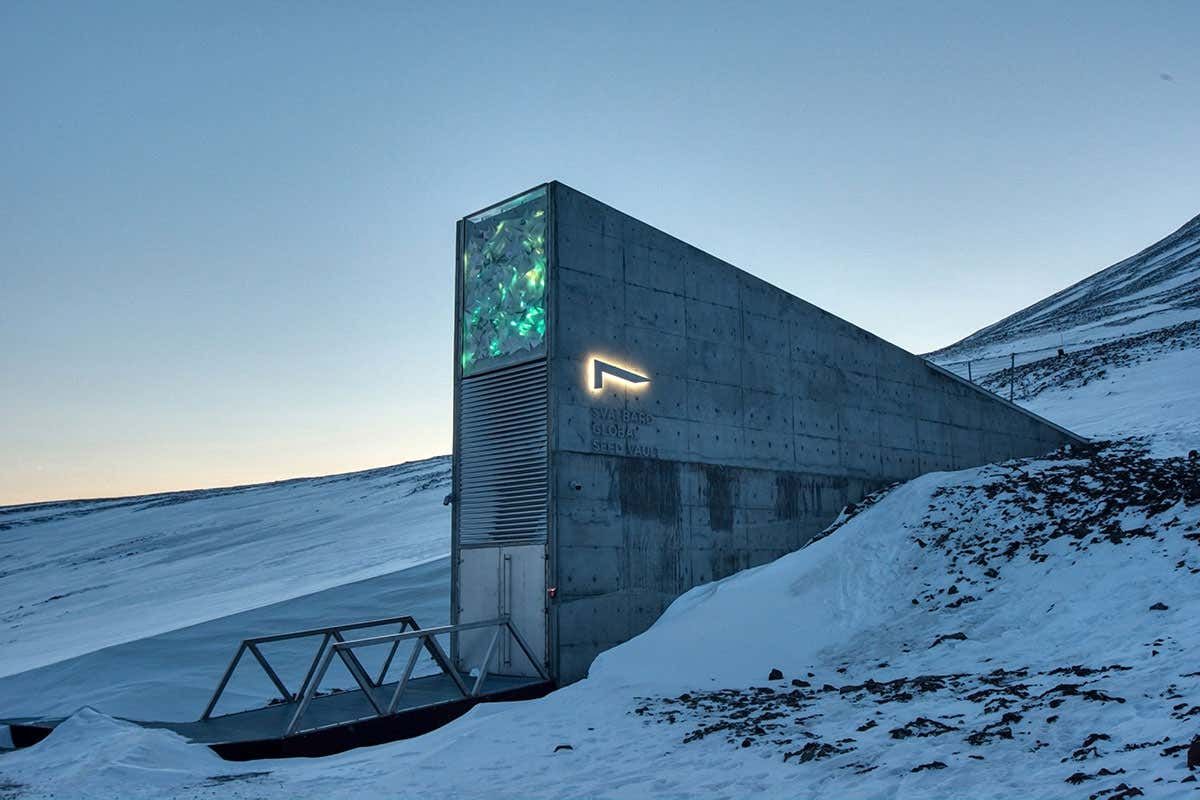

The bank serves as a safeguard for catastrophe. The Svalbard Global Seed Vault-which opens only several times a year-will receive new seed samples. According to their website, the vault serves as a safeguard: “While there may be a role for the Seed Vault in the event of a global catastrophe, its value is considered to lie much more in providing back-up to individual collections in the event that the original samples, and their duplicates in conventional genebanks, are lost due to natural disasters, human conflict, changing policies, mismanagement, or any other circumstances.” Let's hope we never have to use the seeds interned in a frozen mountainside of Norway but for now, there's some solace in knowing that they are preserved to the best of human ability in case we need a backup. Along with maize and rice, it composes 40% of our global diet.


Wheat is very important to the human diet. Norway’s doomsday agricultural seed vault will get a 13 million upgrade to better protect world food supplies amid growing threats from climate change, the country announced. Apart from glaciers and ice caps, little grows on Norways Svalbard. This month, the doors open to admit samples of millet, sorghum, and wheat. This 'doomsday vault' serves as a huge cold-storage unit for more than 850,000 seed samples, according to the Public Radio Institute, which are kept at about -18 ☌ (-3 ☏). Sometimes nicknamed the Doomsday Vault, the Svalbard Global Seed Vault marks a. For this reason, the Svalbard Global Seed Vault describes its mission as “safe, free, and long-term storage of seed duplicates from all genebanks and nations participating in the global community’s joint effort to ensure the world’s future food supply.” Plant seeds interned around the world are backed up in Norway-like an external hard drive for agriculture. A general view of the entrance of the international gene bank Svalbard Global Seed Vault (SGSV), outside Longyearbyen on. However, these climates may be more susceptible to climate crises. Norway Now Has Two Doomsday Vaults In Case Theres an Apocalypse. Many seed banks exist in Southern regions where many of the plants humans depend on flourish. While still vulnerable to climate change, the vault's arctic environment will remain cooler than other seed banks around the world. The Norwegian government has updated their facility in recent years and is watching climate change predictions closely. However, it is also cooled by state-of-the-art systems which maintain -18☌ (-0.4☏). Just over a decade after it first opened, the world’s doomsday vault of seeds is imperiled by climate change as the polar region where it’s located warms faster than any other area on the planet. Buried deep into the frozen Earth, the vault is naturally cold. In 2004, Norway agreed to fund and construct a seed vault in the arctic permafrost. The Global Seed Vault, located on Norways Spitsbergen Island, took on water during the winter because of melting permafrost, according to the Guardian.As the Arctic continues to set record highs. The international agreement seeks to preserve food from natural and human disasters. The vault's origins trace back to the 2001 International Treaty on Plant Genetic Resources for Food and Agriculture (ITPGRFA).


 0 kommentar(er)
0 kommentar(er)
